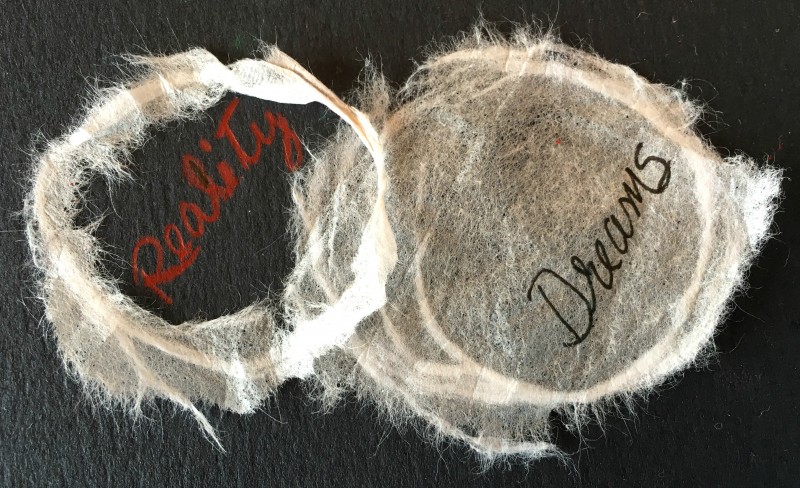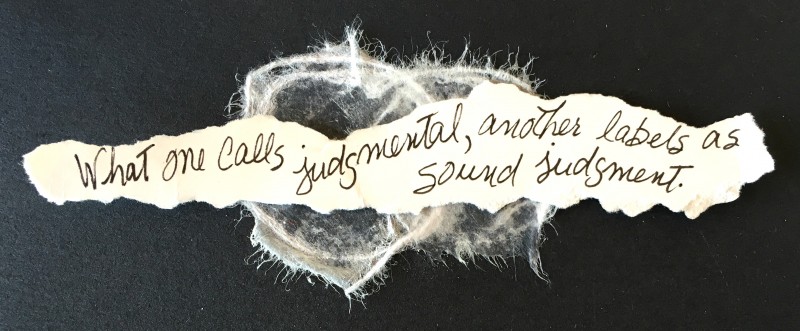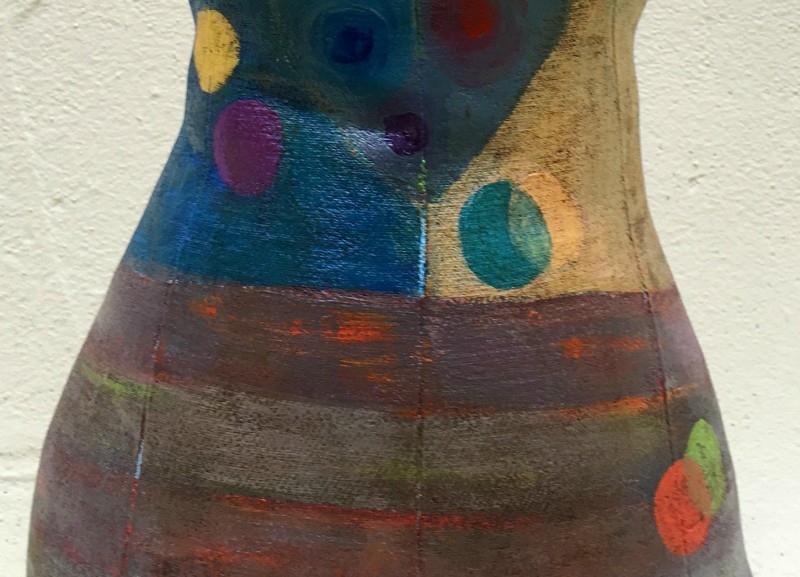The mandorla provides sanctuary for what feels torn apart. When it is difficult to see the commonality between heaven and earth, the overlap provides hope for mending. I call it Almond’s gift.
Holding the larger mandorla in our consciousness is choosing life. And also, looking at the circles of smaller mandorlas in our day-to-day choices, allows us to be our truest selves while living in the larger almond space.
I remember the first time I discovered the mandorla as a practical discernment tool. By moving the circles of this powerful image, I could sense where my feet stood in relation to where my heart was leading me.
Sometimes I briefly detach from a confusing situation and play with my circles. At a point, I connect with a sense of oneness while naming what feels other. The visual that shows sameness and otherness, invariably opens me to oneness, creative tension or a need for change.
For example, within a group I might hear a person say, “We are a non-judgmental community.” What does that mean? As I briefly detach and objectively watch, I can better understand what “non-judgmental” means to that particular community.
Unbiased detachment offers me information, free from muddled emotions. Then using my circles to represent the group’s orientation and my own, I open to healthy choices of either staying, or letting go when Discernment lifts a veil on anything too polar for a substantial investment of energy.
Just as two circles barely touching may be excessively hard, a perfect match, or one on top of the other, offers no invigorating challenge. Living tightly in our same safe groups, without considering other perspectives, can lead to stagnation or even psychological inbreeding.
In our dispassionate considering, we are able to step into our True Selves rather than expecting from or projecting upon. As we honor the truest voice inside and respect what is seemingly other, our wounds become sacred. It is Almond’s gift.




